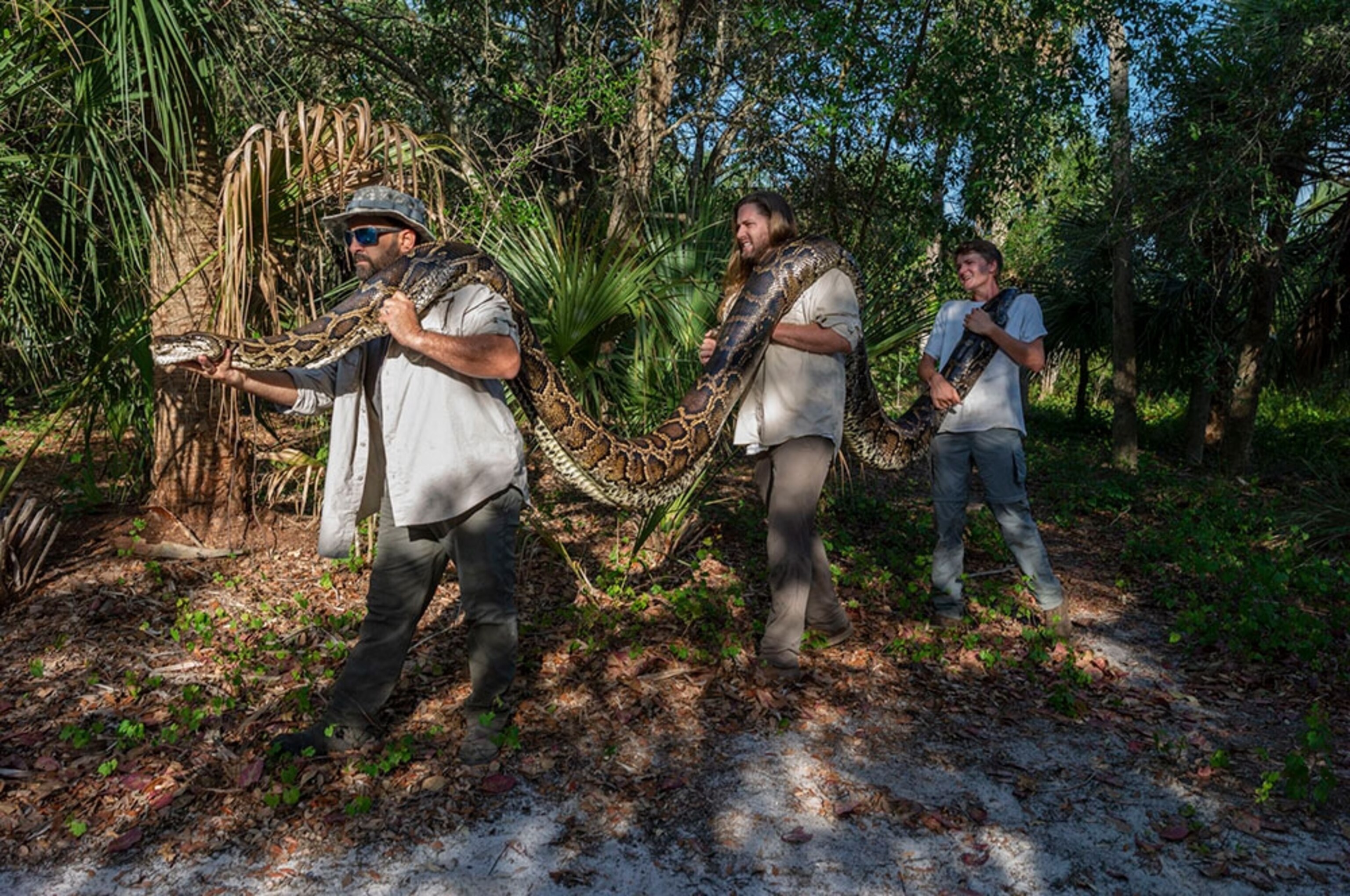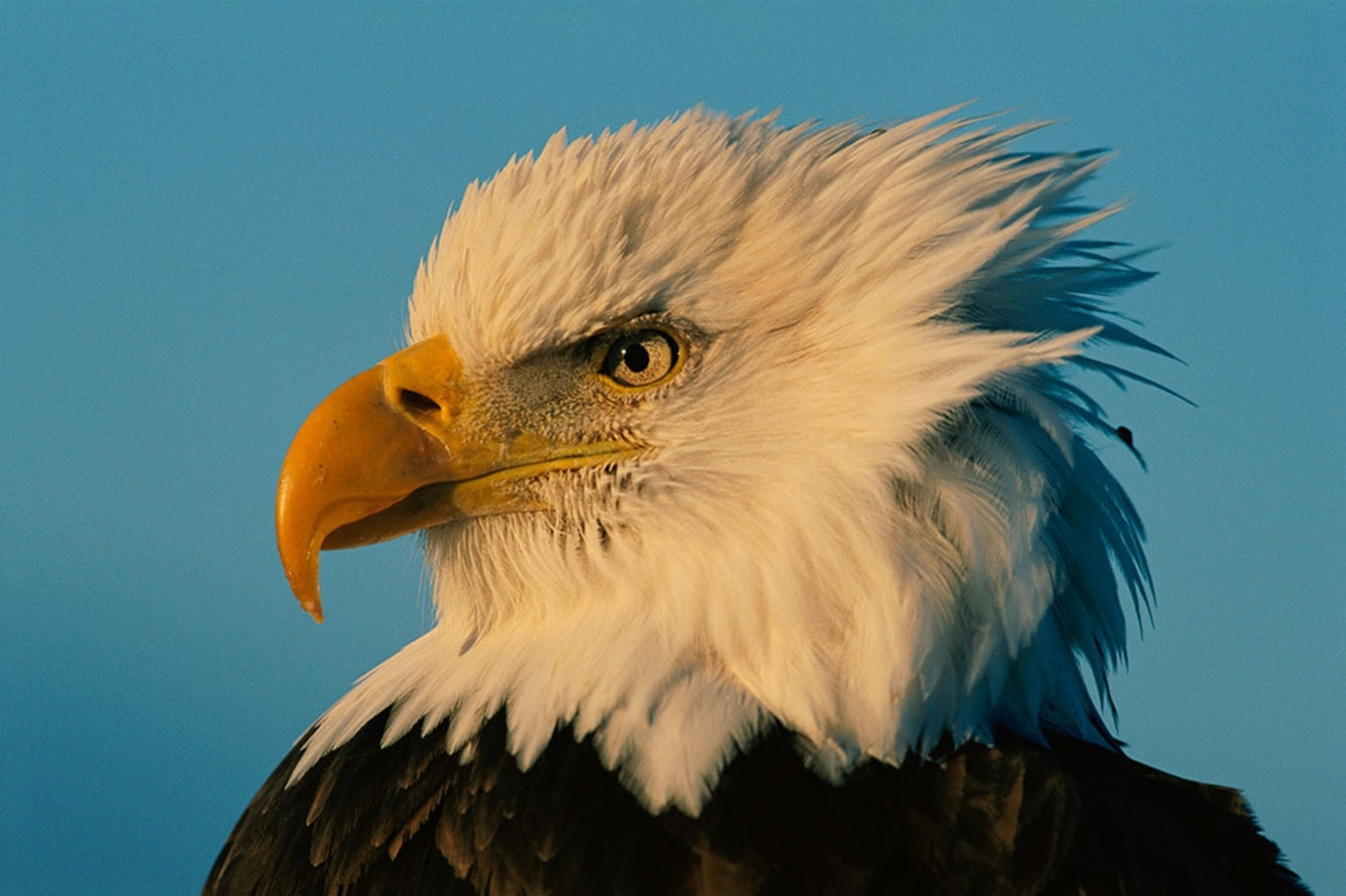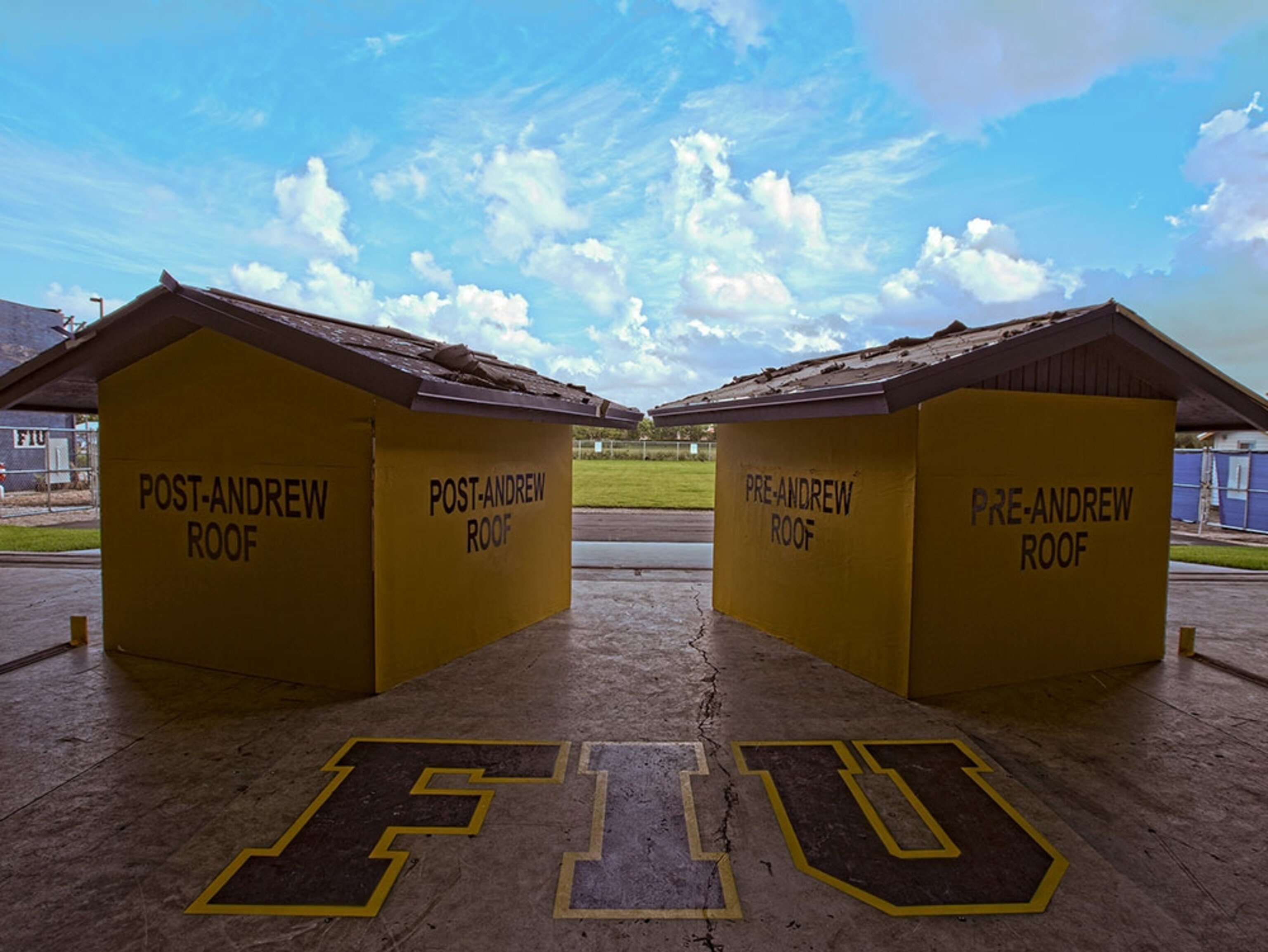
Hunters capture Florida's biggest python
At first they thought the scales were broken. But a massive Burmese python shows what Florida native species are up against.
At first the Florida hunters thought the scale was broken. The female python weighed in at a record-breaking 215 pounds—and was 17.7 feet long. It was the heaviest Burmese python found outside its natural range, and it took three people to haul it (pictured above).
The capture, using male “scout” snakes with surgically installed GPS markers, shows the persistence of Florida’s Burmese python problem. The reclusive apex predator from southeast Asia has exploded in the wild since being introduced to Florida in the late 1970s, munching through native species.
The giant snake was weighed down carrying 122 unfertilized follicle eggs (see dozens of them below)—proof that she could have hatched a whole slithering village. She also carried evidence of eating a white-tailed deer, prime food for bobcats and endangered Florida panthers.
Read the full story here.
Please consider supporting our storytelling by subscribing here. Thanks!
PHOTO OF THE DAY
Good news: Since 2009, the bald eagle population in the lower 48 states has quadrupled. The July 2002 issue of National Geographic featured Norbert Rosing’s image of this bald eagle—and it was recently featured in our Photo of the Day archival collection. In images over the following dozen years, photographer Klaus Nigge developed a deep respect for the wild, tough bald eagles of Alaska’s Aleutian Islands. “They were dirty, they were wet, and they fought with each other, which is not what we expect from our national symbols,” he wrote. Yet, he concluded wistfully: “They can fly, and I cannot.”
STORIES WE’RE FOLLOWING
• Romans talked about a fearsome forest in Scotland. Were they wimps?
• The unsung stories—and distinguished alumni—of Historically Black Colleges and Universities
• 661-pound freshwater fish is world’s biggest
• What exactly is summer solstice?
• An offbeat, outdoorsy—and free—way to explore Sweden
SMARTER PLANET
Stronger winds mean stronger wind tunnels: The rising strength of hurricanes, partly caused by warming ocean waters and climate change, means Florida International University has to upgrade its Wall of Wind testing facility. The lab helps officials come up with strengthened building codes for materials that could withstand the winds, Nat Geo reports. But how strong? Close to 200 mph. (Pictured, two model homes in the lab—one with an upgraded roof and one without.)
IN A FEW WORDS
I knew that girls wanted to play with Barbies and look like Barbies. But what if Barbie had field clothes on and came with a little booklet about canopy plants?Nalini Nadkarni, ‘Queen of the Forest Canopy,’ Nat Geo Explorer who inspired a Barbie doll, From: She started climbing trees as a kid. Then this ecologist helped create scientist Barbie.
FUTURE FORWARD
Using her platform: Khadija Omar is the first woman to represent her conservative home country in a beauty pageant. Miss Somalia, pictured above near Garissa, Kenya, is using her platform to raise awareness of climate change in the Horn of Africa, where nearly 20 million people are suffering from hunger and lack of income. “It’s sad that as a Somali, I’ve never been able to live in my country,” says Omar, who was born in a refugee camp. “I’ve never visited my country.”



